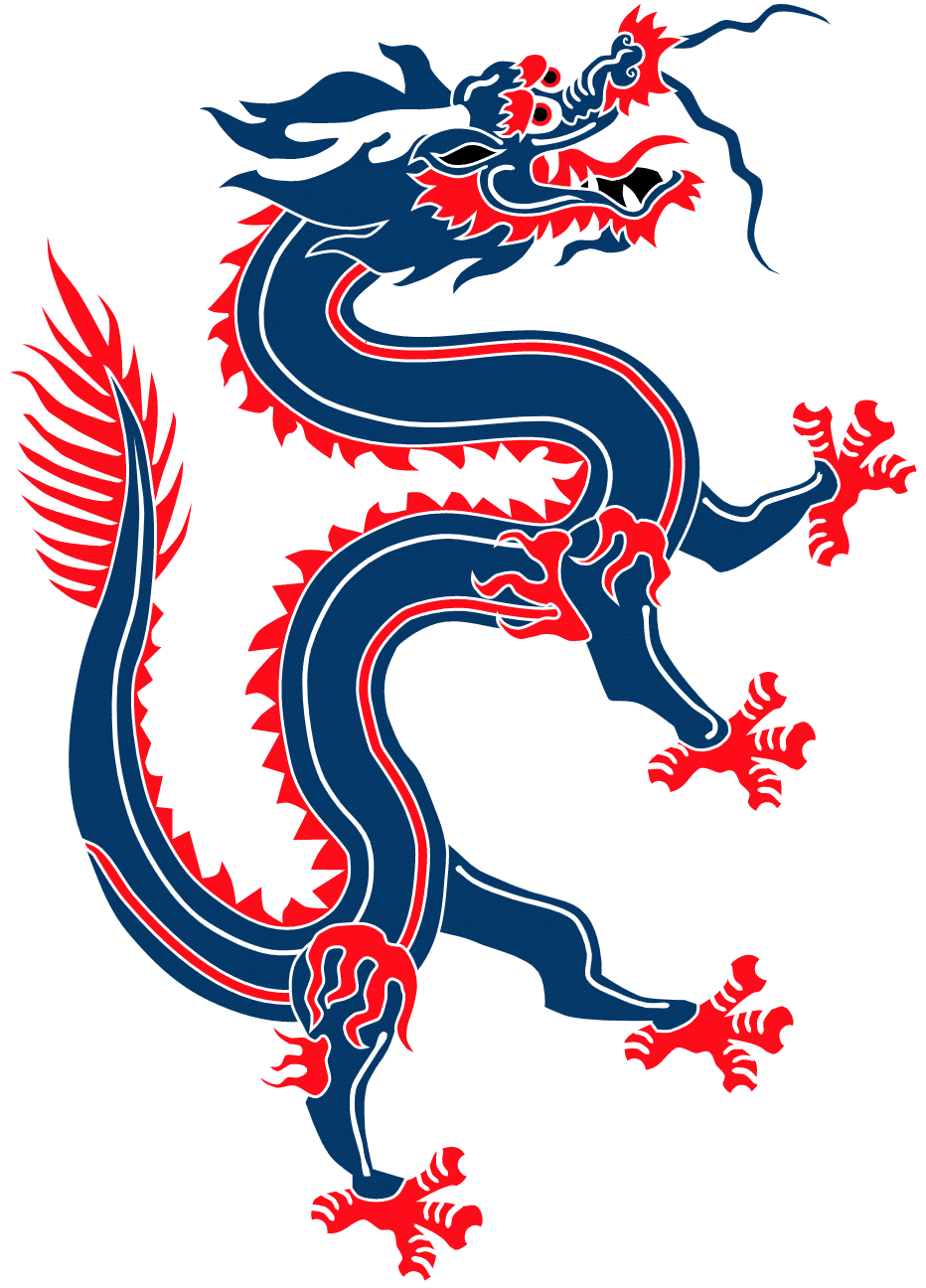I'm in the "trying to apply real world logic to dragons is silly" camp. There is no version of dragon that actually has wings that could possibly be functional. The only way any dragon could fly is MAGIC. And if it's magic, it doesn't matter how big the wings are.
It matters for the aesthetic, which is the very reason why the designers did this. Just as the reason why they made dragons look like swords for some ridiculous reason, but
only if you see them from above/below while fully stretched out, no bending or turning. In other words...something almost no one will ever actually
see.
The wings, fins, crests etc are clearly adornment. That is something that is found in real world animals (and humans).
I disagree. I think the wings are still semi-functional. Yes, they require (and are) magic. That doesn't mean the wings are totally superfluous. They look stupid and stumpy.
Adornments come in two major forms naturalistically: "display" (like a peacock's tail), and "warning." Stumpy wings are good for exactly neither of those things. They aren't big enough to put on a mating display, nor are they good for spooking potential attackers.
And as for WotC, they haven't "committed to it being a proper Asian design" because they want to avoid cultural appropriation, whilst still paying homage to the original Asian influenced gold dragon design.
That's a load of horse pucky. People draw Chinese, Japanese, Korean, etc. dragons
all the time. That's not "cultural appropriation" if you do it
respectfully. The whole idea behind Gold dragons being
good dragons in the first place WAS that it draws on the distinctive place of dragons in Eastern myth vs their Western counterparts. That is, in the West, dragons are monsters, threats, princess-eaters, etc., with
very rare deviation away from that until the tail end of the 19th century/early 20th century. (AFAICT, the first "friendly" Western dragon is the titular
The Reluctant Dragon, who is an amiable, mild-mannered scholar that befriends the main character.) In the East, dragons are and have pretty much always been
divine, and while not always nice, their wrath is (usually) justified. Some of them still occasionally do harmful things or are horrible monsters (Yamata no Orochi in Japan, for example), but by and large they're divine messengers, bringers of water and life, etc.
"Appropriation" only happens when you use something thoughtlessly and disrespectfully, nicking something purely for its exoticism or distinctiveness without actually caring anything about what it is, why it is, etc. D&D
does care about that stuff, even if it is at a distance removed. That's how cultural intermixing works.
If Japan can make Western dragons a key part of many, many,
many, many works of their own creative media, the United States can do the same with Asian-inspired dragons. Fearing "appropriation" simply because something you're doing draws on the ideas of another culture is feeding the trolls who try to claim that appropriation isn't a thing.



